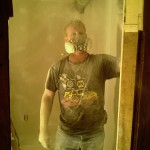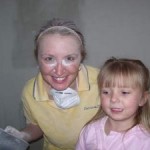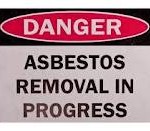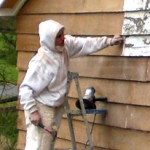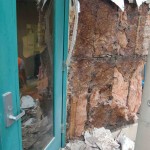Mon 30 Apr 2012
Top 5 reasons to hire & use an Industrial Hygienist
Posted by admin under industrial hygienist, Management, Safety Programs
Comments Off on Top 5 reasons to hire & use an Industrial Hygienist
1. To better understand the levels of exposure(s).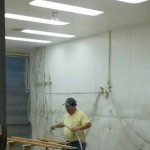
- Â avoid possible exposures to employees, document the non-exposure, show how safely you can perform the work
2. To save $.
- Avoid OSHA fines, worker compensation claims, avoid lawsuits, reduce liability
3. To go “Green”.
- reduce airborne emissions, remove harmful chemicals from the environment & employees, recycle & reuse emissions
4. To increase employee morale.
- investigate employee concerns, change environmental conditions to avoid exposures, increase employee involvement, reduce disgruntlement
5. Increase efficiency.
- doing the job right-the first time, less overhead, better prepared for the project and future projects
